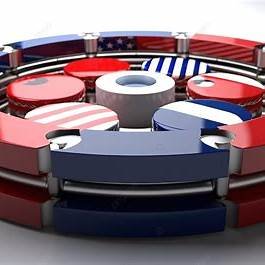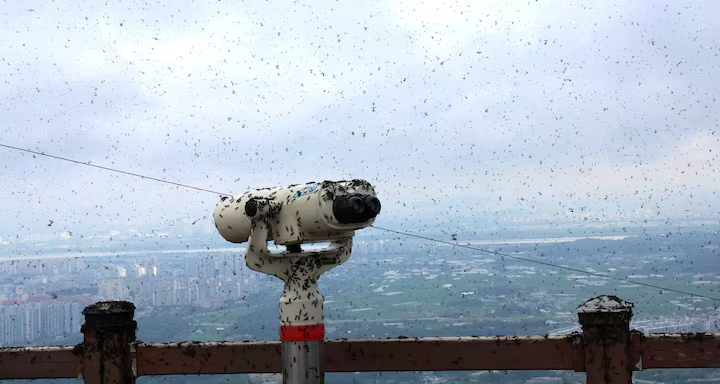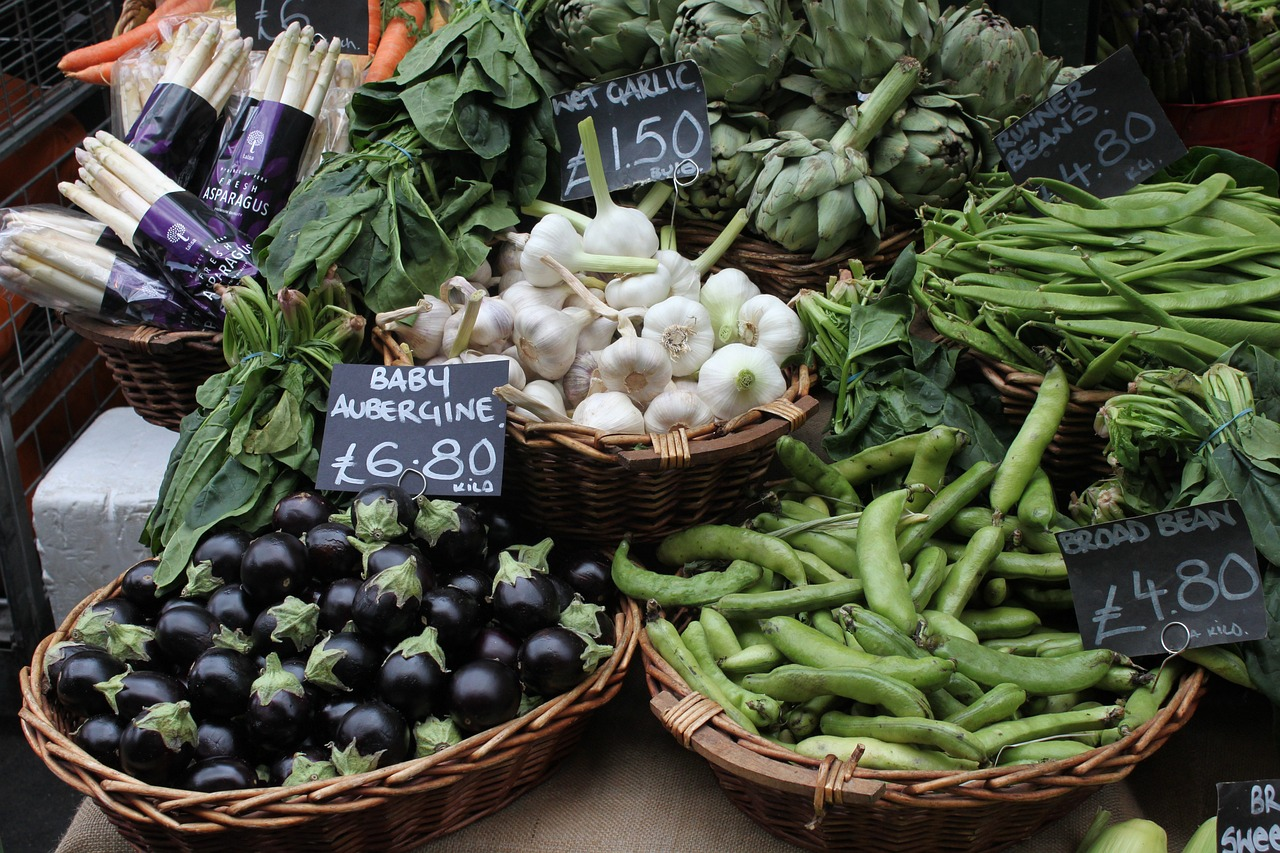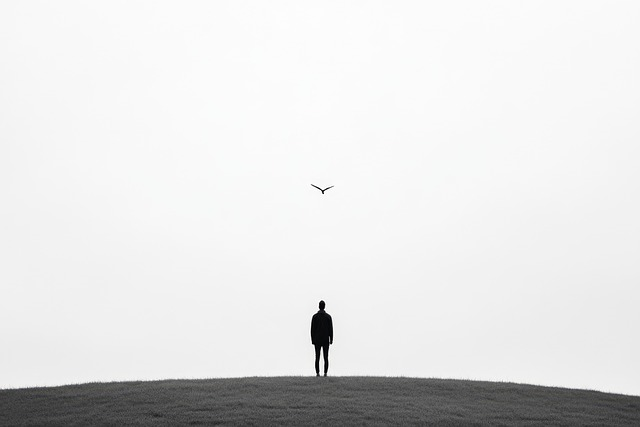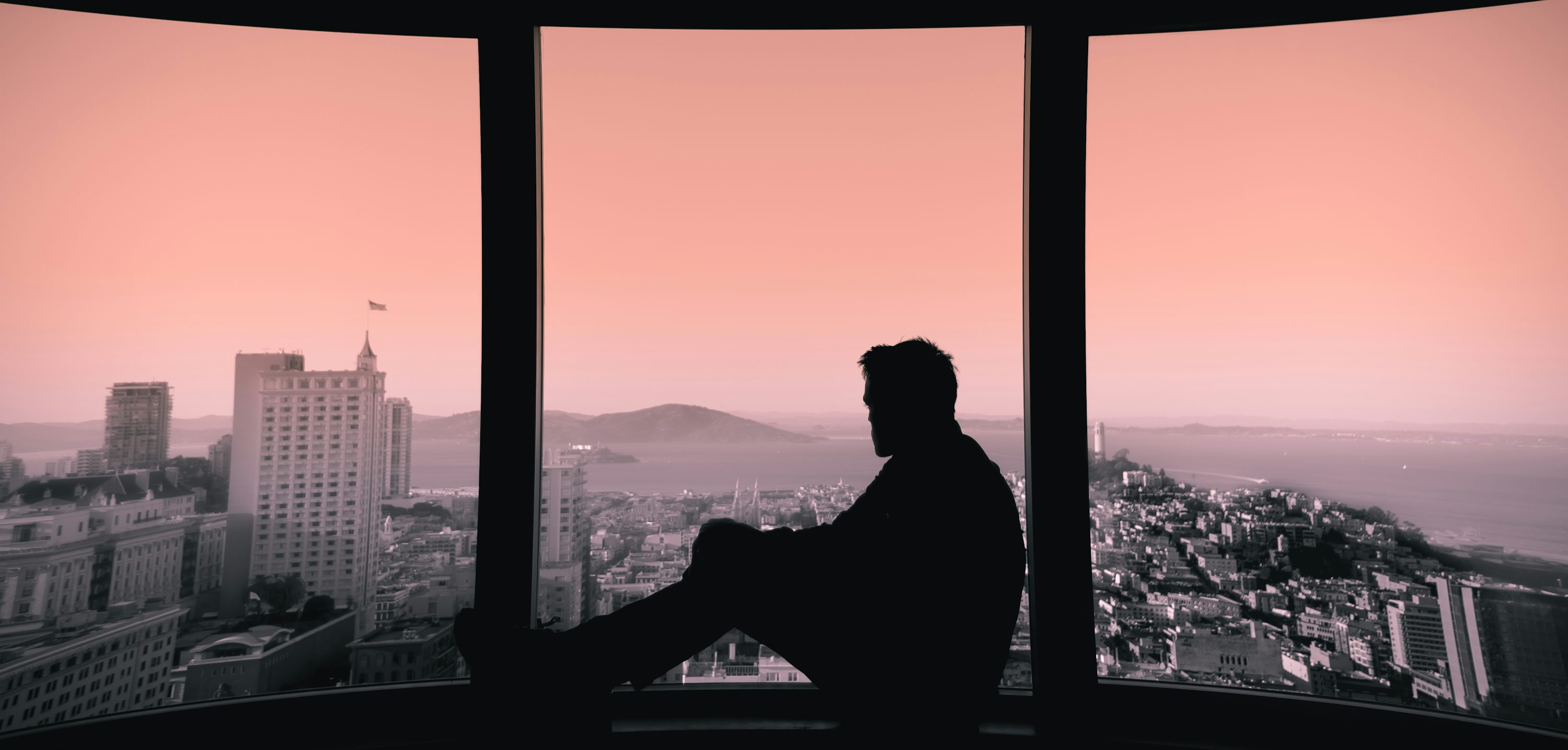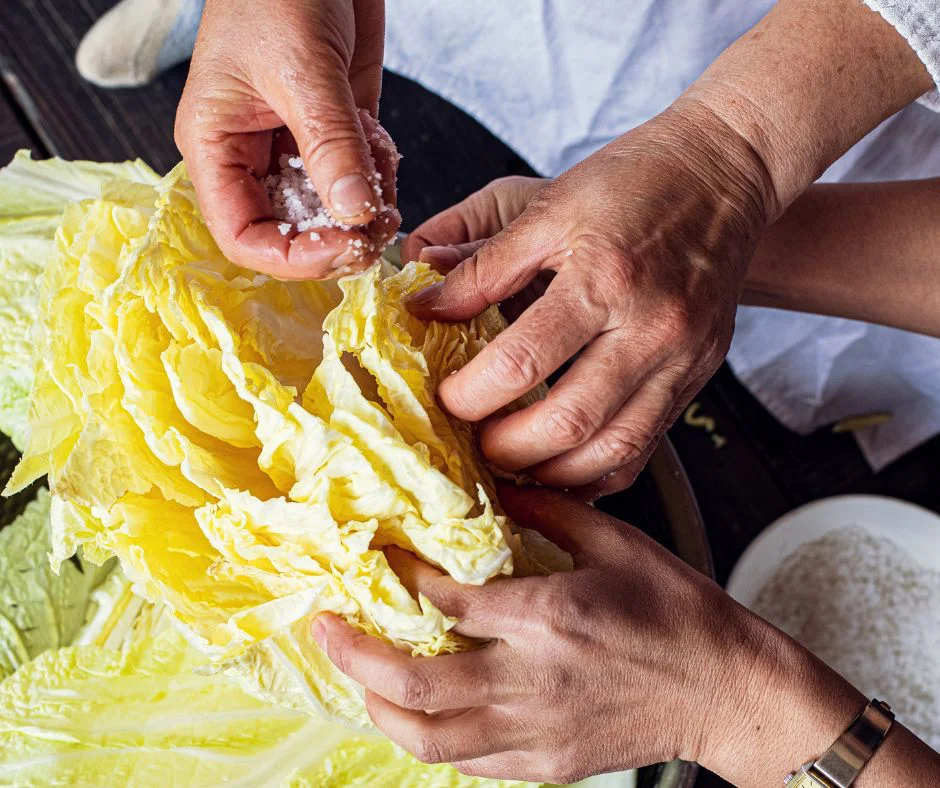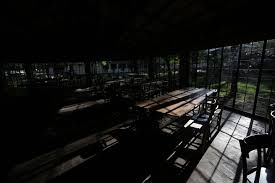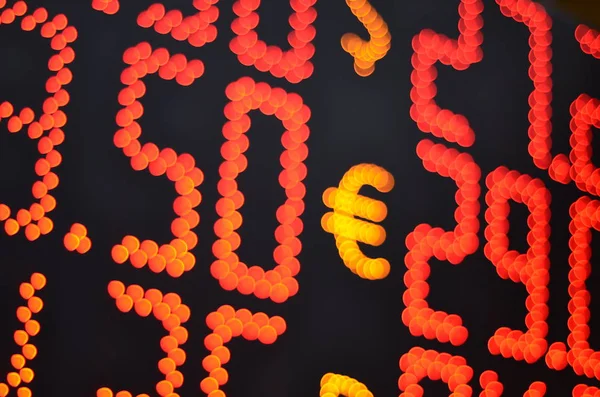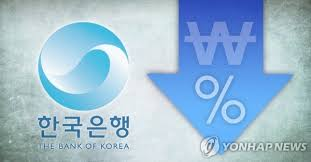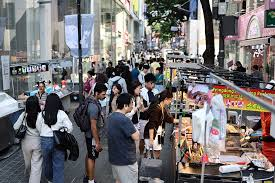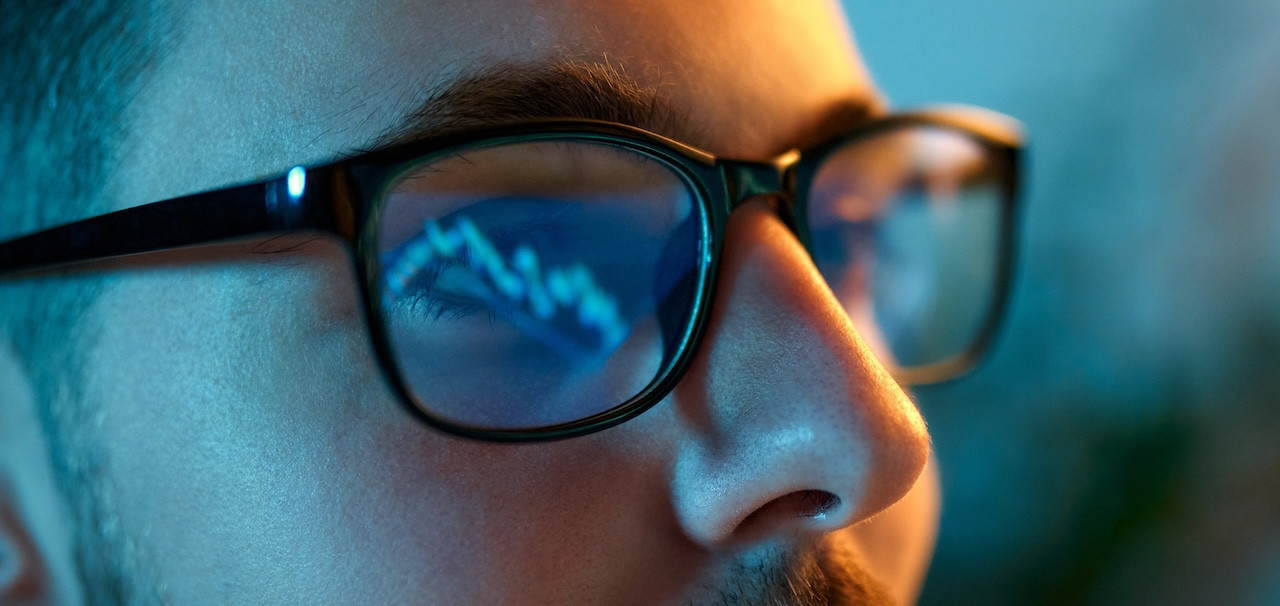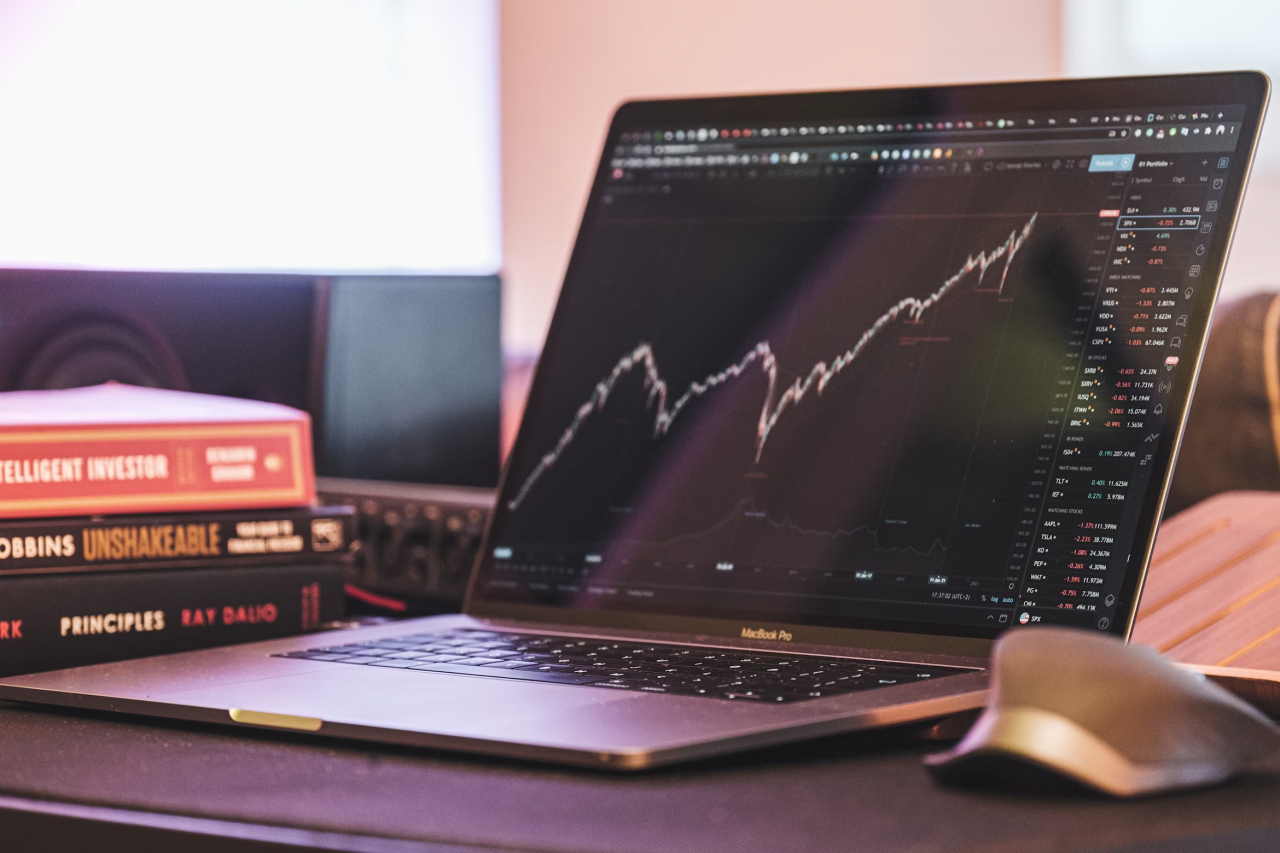| 최초 작성일 : 2025-09-18 | 수정일 : 2025-09-18 | 조회수 : 1 |
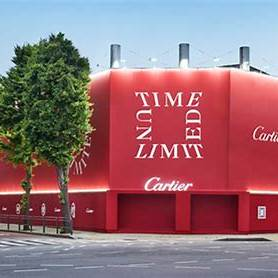
Seongsu-dong has emerged as one of the most vibrant and symbolic neighborhoods in Seoul today. It is not merely a trendy café district, but a living laboratory where generational shifts, urban regeneration, and new patterns of consumption converge. Old brick factories and warehouses have been reborn as cafés, concept stores, galleries, and pop-up spaces, creating a landscape where the rough textures of the past coexist with the polished sensibilities of the present. With the Han River and Seoul Forest nearby, excellent transportation links, and a growing reputation as an international destination, Seongsu-dong attracts not only local youth but also foreign visitors seeking to experience the cutting edge of Korean urban culture. For younger generations, particularly those in their late teens through their thirties, Seongsu-dong is not just a place to buy products. It is a stage on which they perform and refine their identities. Drinking a cup of coffee becomes meaningful when it is framed by brick walls with industrial heritage. A single photo taken in front of a renovated warehouse can become proof of one’s aesthetic sense. A limited-time pop-up visit turns into a cultural marker shared online. Each act of consumption is simultaneously an act of self-expression, and the record of that act on social media becomes another layer of cultural capital. In this way, Seongsu-dong transforms ordinary consumer behavior into symbolic practices that shape identity and community. The diversity of experiences intensifies its appeal. Luxury brands use Seongsu-dong as a global showcase, while street fashion, cosmetics, and tech companies stage pop-ups to test market reactions. At the same time, small cafés, bakeries, and independent ateliers add local authenticity to the scene. Walking through Seongsu-dong means encountering both the world’s most exclusive brands and the humblest local workshops within a few steps of each other. This coexistence of global and local, old and new, spectacular and ordinary gives Seongsu-dong its unique place identity and makes it a magnet for the MZ generation. Media reports have pointed out challenges: rising rents, gentrification risks, weekend congestion, noise, and waste problems. Some landlords have raised rents by more than 30 percent in a year, and there are cases where a single week-long pop-up costs over 100 million won. These are real concerns for long-term tenants and local residents. Yet for now, such issues remain secondary in the public imagination compared to Seongsu-dong’s overwhelming allure. The neighborhood continues to function as an arena where creativity, consumption, and cultural experimentation intersect. Ultimately, the essence of Seongsu-dong lies in the combination of industrial heritage and cultural capital accumulated through lived experiences. To sustain this vitality, what is required is not simply more events or flashy showcases, but better design: preserving historic brick buildings and their stories, ensuring fair opportunities for long-term tenants, strengthening infrastructure to handle congestion, and building cooperative governance between government, businesses, and citizens. Seongsu-dong is beloved not just because it is “hip,” but because it offers young people a stage where they can experiment with life and identity. Its future depends less on chasing trends and more on crafting a sustainable model of urban culture. Hipness may bring people in, but sustainability is what will keep Seongsu-dong alive for the generations to come.
